""portrait Of Lady With A Diamond", Regency Period"
Oil on canvas representing a woman with wacky hairstyle in the style of Anne-Marie of Orléans (sister of Philippe II of Orléans the Regent) decorated with pearls and holding a diamond. The history of modern jewelry in France begins in the 17th century, when the development of diamond cutting introduced a new technique that influenced the shape of jewelry and the way it was worn. The size of diamonds improved during the 17th century, thanks in particular to the encouragement of Mazarin. This is how the sixteenth cut was developed, which would be perfected at the end of the century to result in the famous thirty-two facet cuts. This improvement in size allows you to benefit from the refractive qualities of the diamond. From a very young age, King Louis XIV's taste was fueled by Cardinal Mazarin, who was passionate about diamonds. The young sovereign in turn developed this same passion which led him to considerably enrich the collection of Crown jewels, as well as his own. During the sumptuous period of the reign, not a year went by without a new diamond or other precious stone enriching the royal treasury. From 1685, however, acquisitions became much rarer due to the financial difficulties of the State. In 1714, Louis XIV, reigning over an impoverished France, had to give up buying the largest 140-carat diamond in the West. Taking advantage of the economic prosperity born from the John Law system during the Regency in France, Philippe d'Orléans, regent from 1715 to 1723, convinced the Regency Council to purchase the diamond on June 6, 1717. At the time of its acquisition, Le Régent surpassed all other diamonds then known in the West and, by 1719, had already tripled its purchase value. Even today, it is considered the most beautiful diamond in the world: its color is "first water", that is to say it is perfectly white and of practically impeccable purity. After the Regency, this jewel remained one of the most precious pieces of Crown property and served as adornment to all crowned heads. Is the woman in our portrait the Regent's favorite or perhaps the very personification of the era? Could it be Madame de Parabere? The first loves of the Regent and Madame de Parabère took place in winter 1715. Philippe II of Orléans did not skimp in love, any more than in everything else. He put a kind of gallant self-esteem into preventing the slightest desire of his mistresses, and he strove to magnificently satisfy every whim that he had not guessed. During her reign as mistress-in-title, Madame de Parabère retained absolute power over the Regent for five years. Of all the Regent's mistresses, it was Madame de Parabère who had credit in the prince's mind, all the credit she wanted to have without appearing to do so. And it is precisely because he knew her to be carefree and disinterested that the Regent did not constantly close her ear when she tried to talk politics. From this credit of Madame de Parabère, on which Law and Paris, remarkable financiers of the Regency, did not fear to hang their rival fortunes in turn.Posterior stucco frame
Height with frame: 99 cm
Width with frame: 79 cm
France
Period: 18th century, Regency


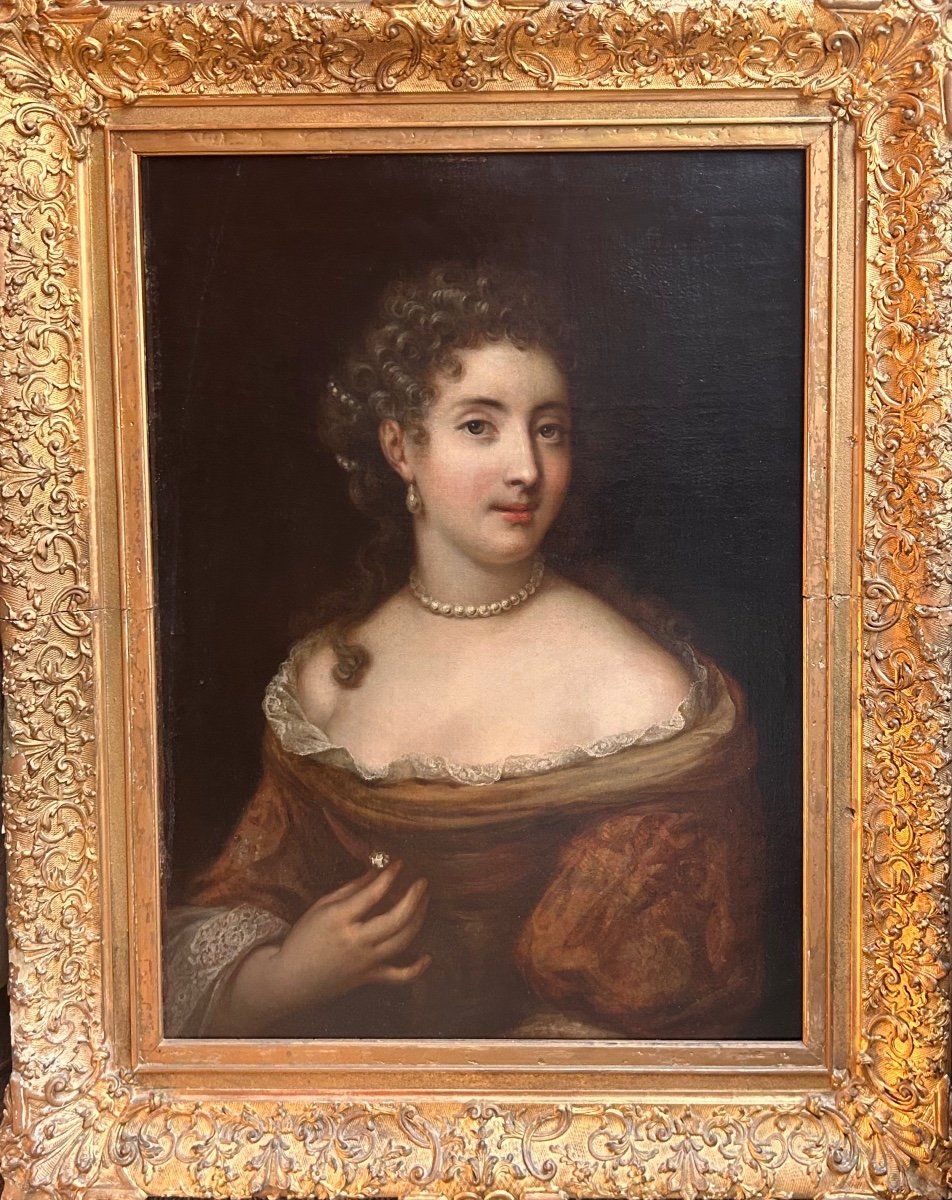

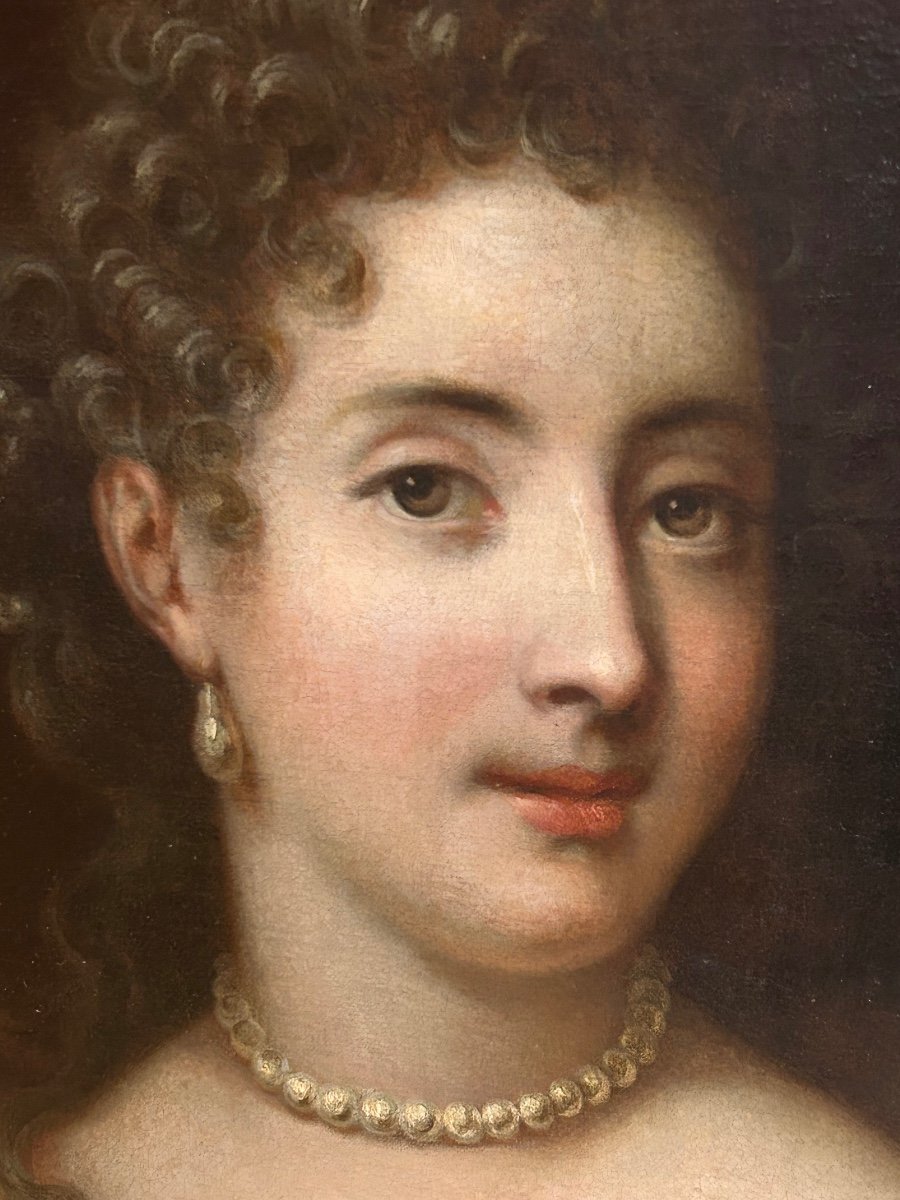
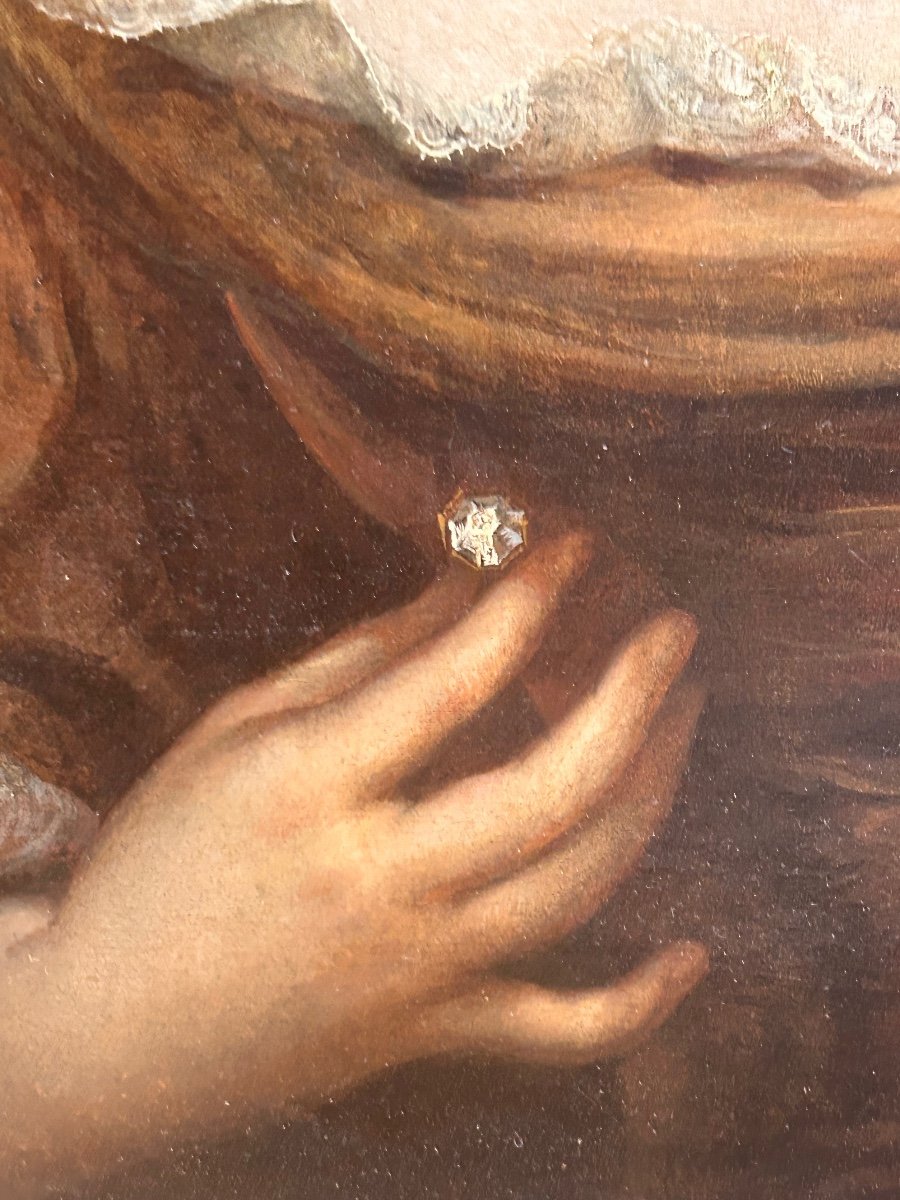
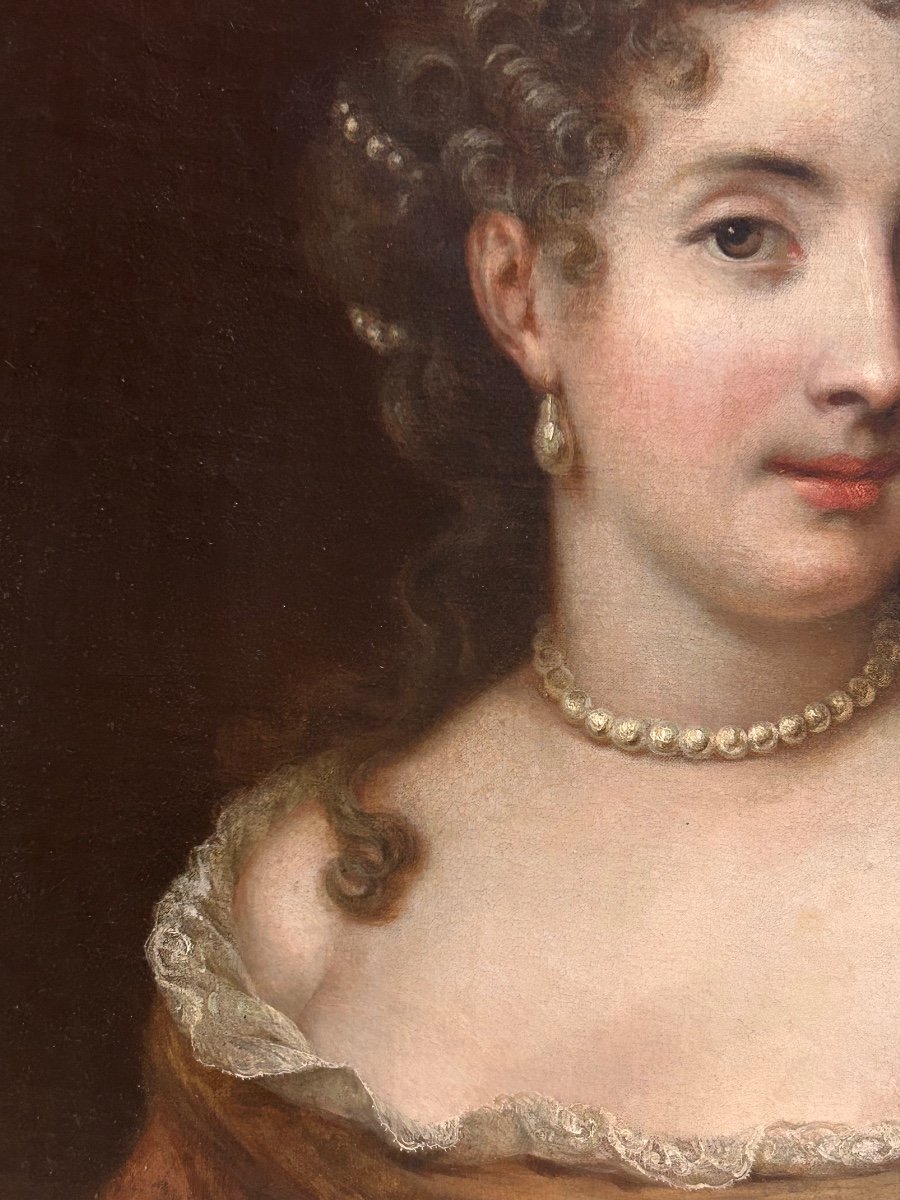
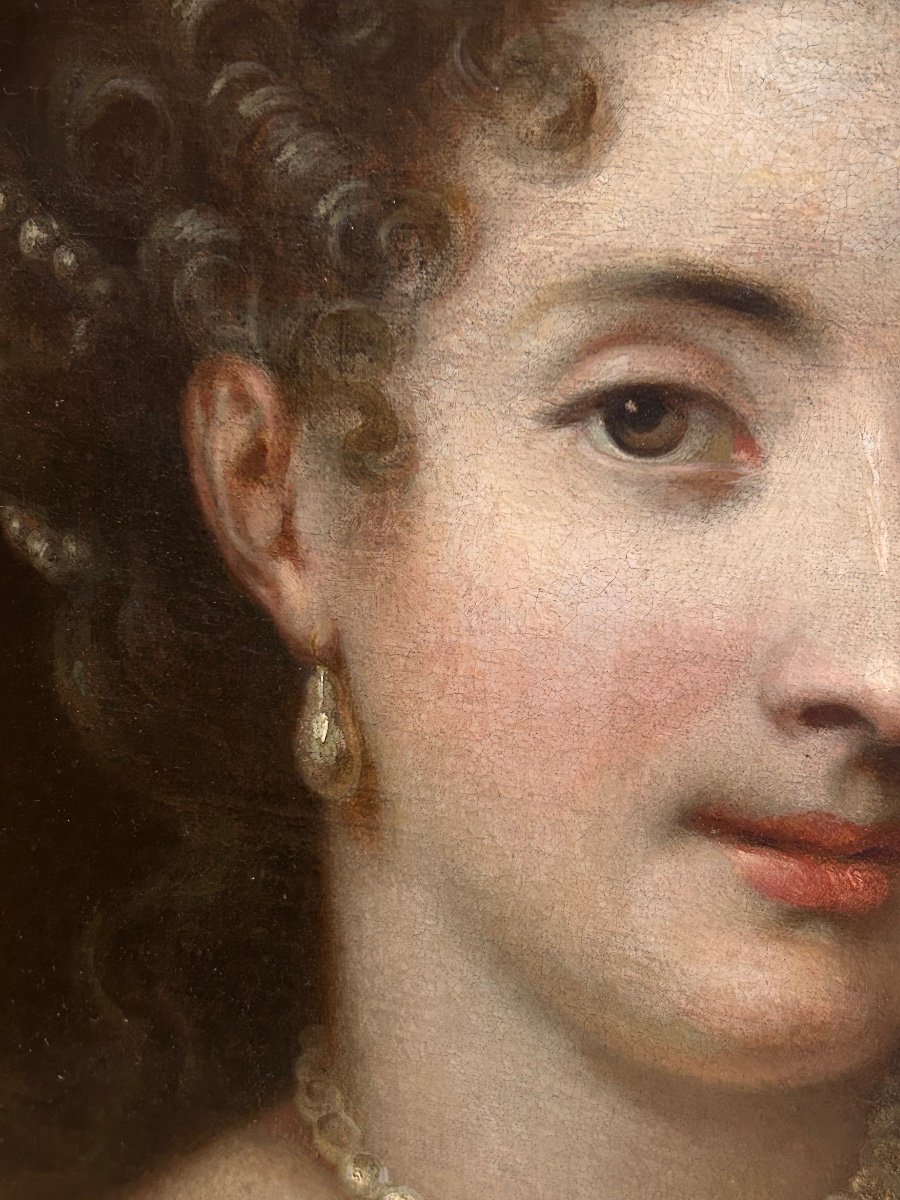
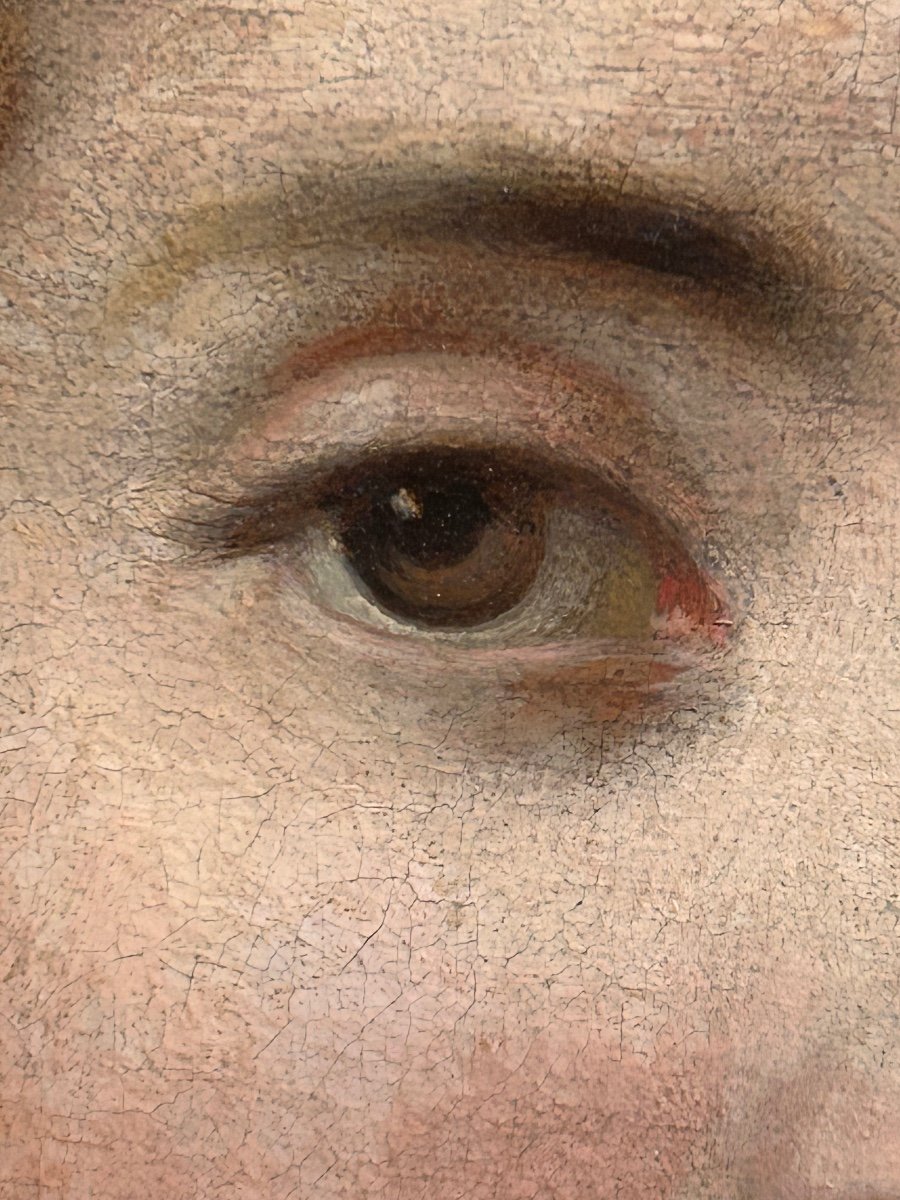
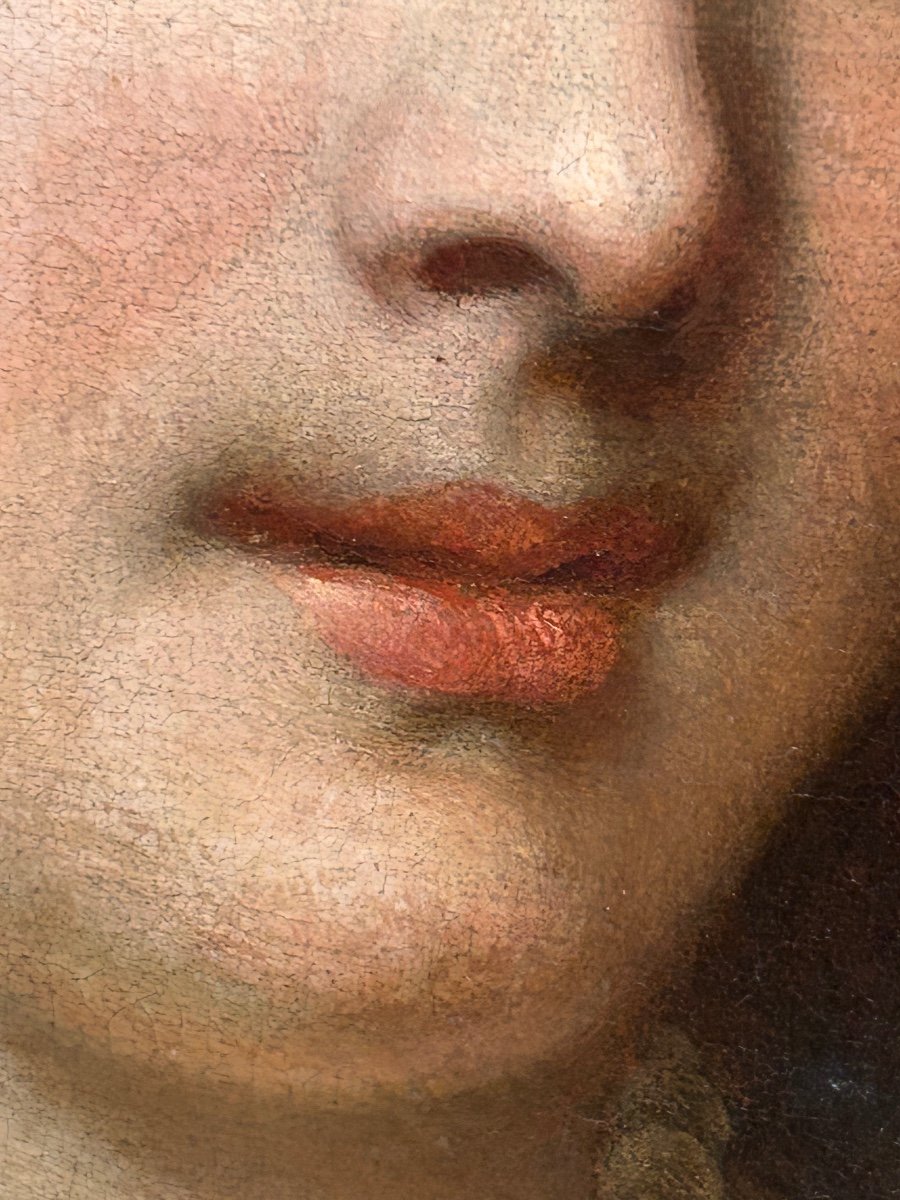
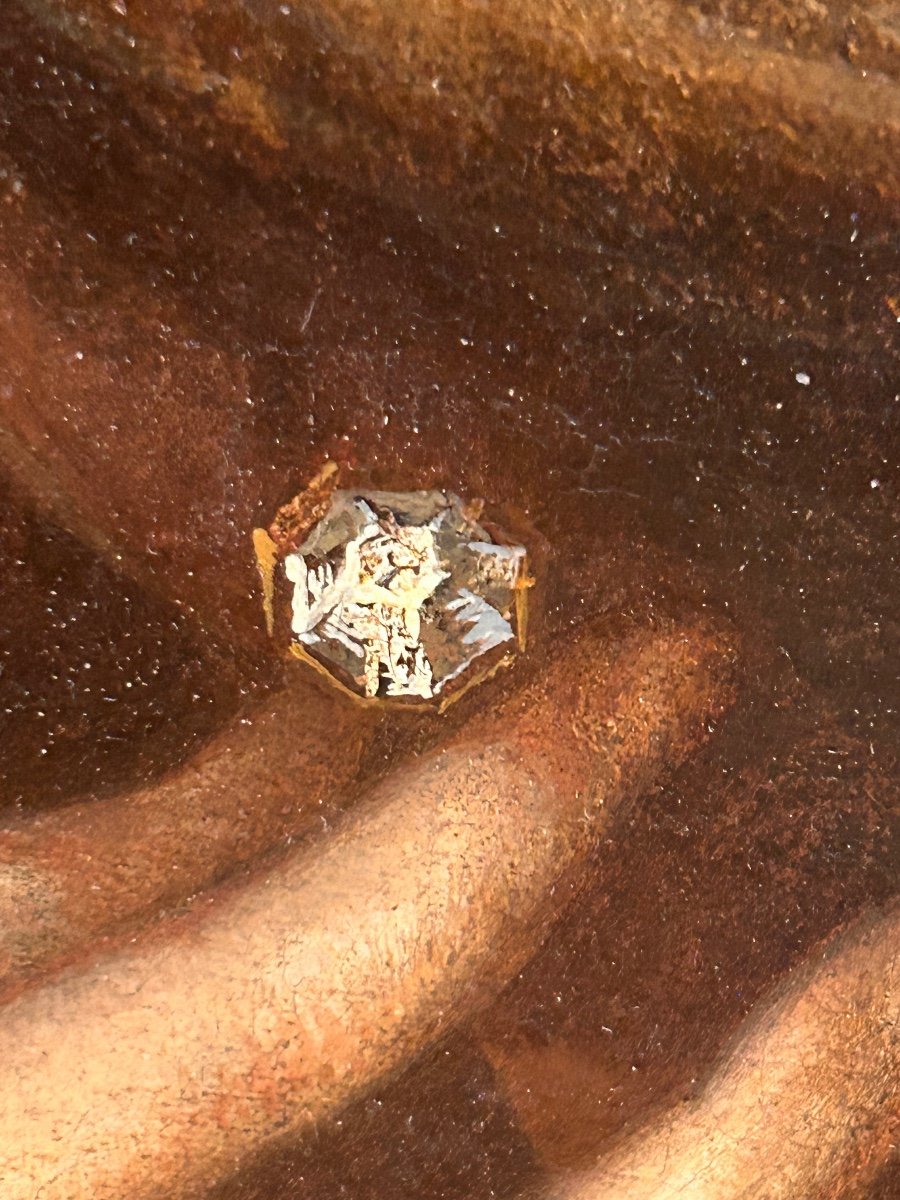
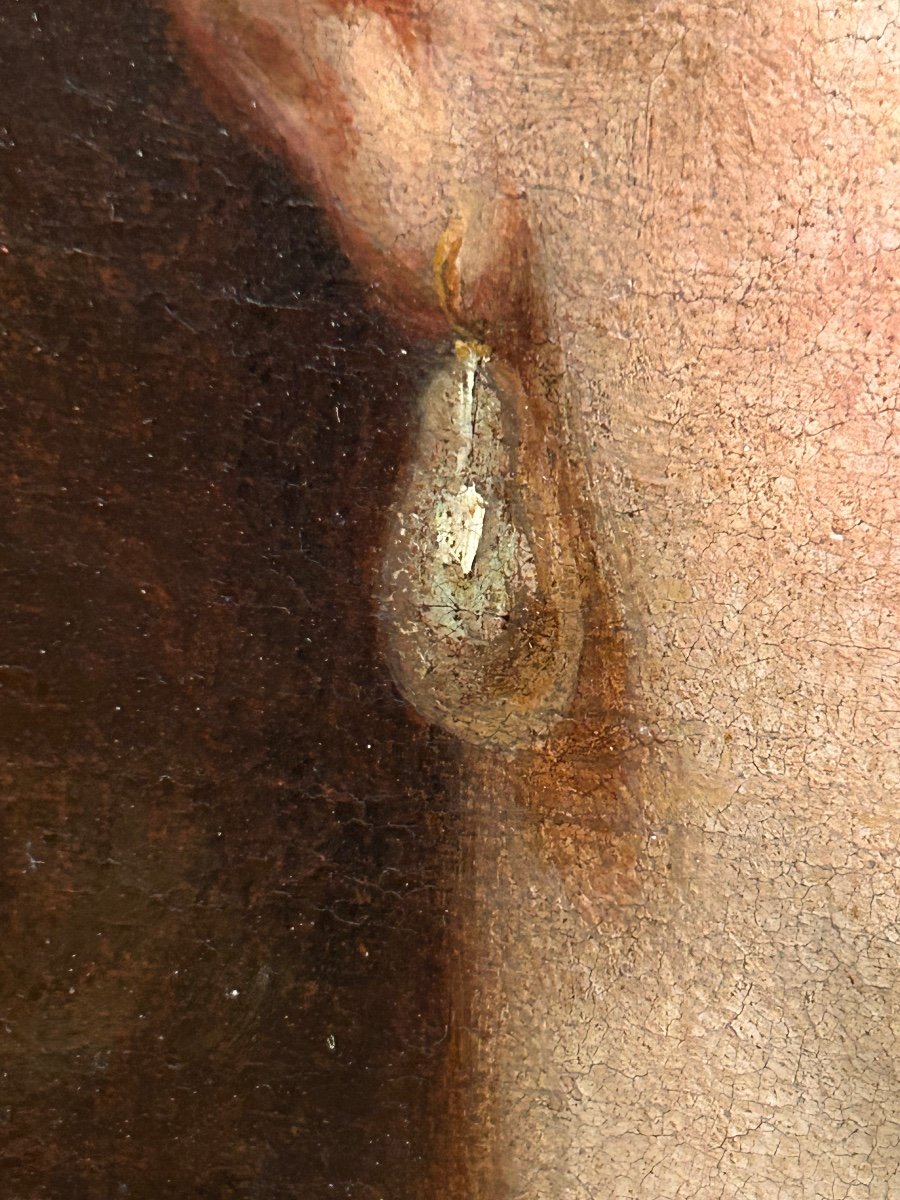
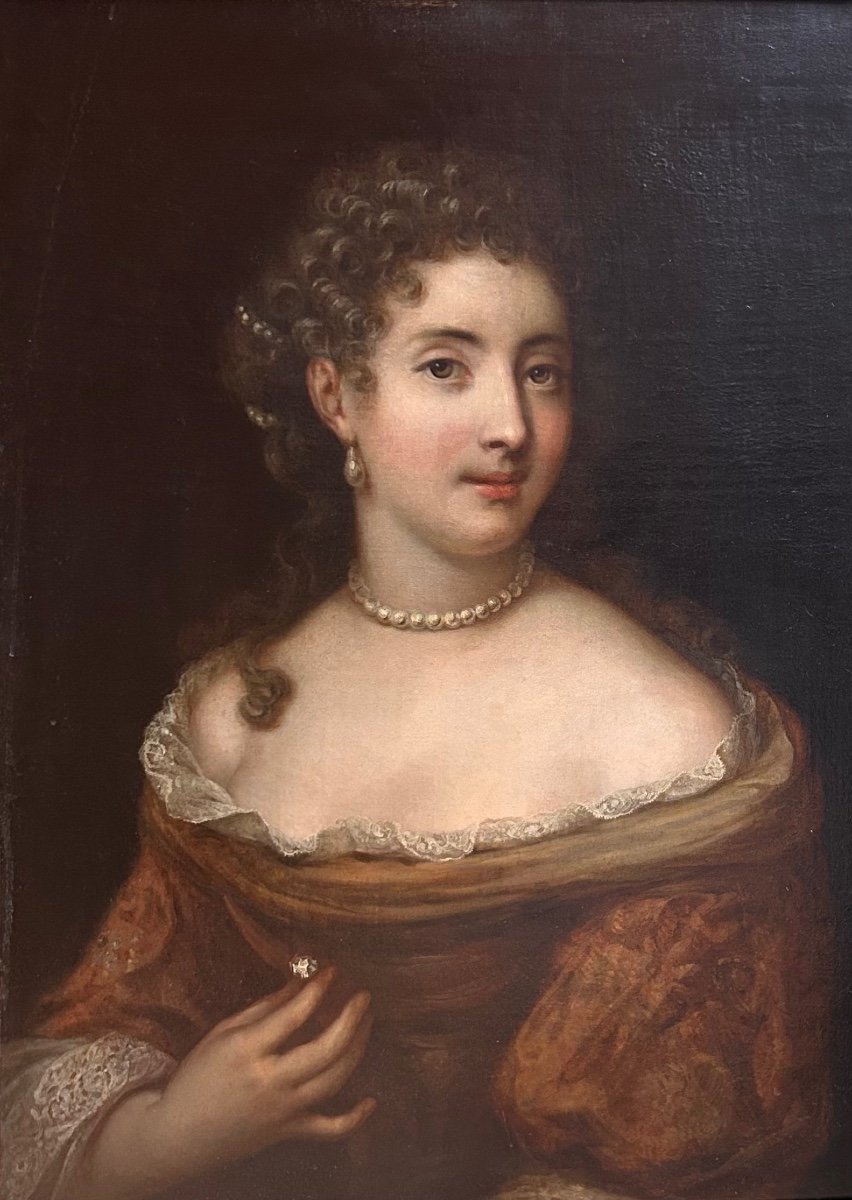












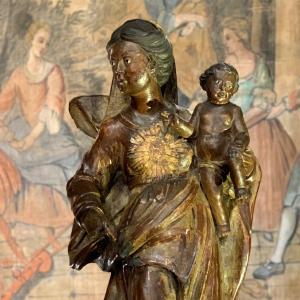
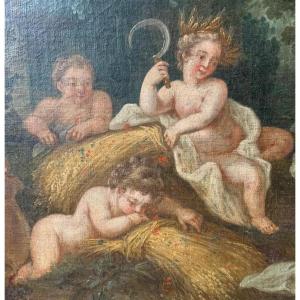

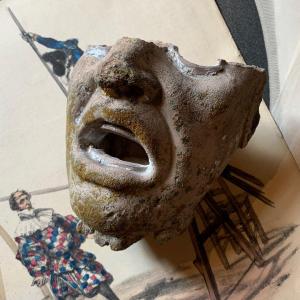
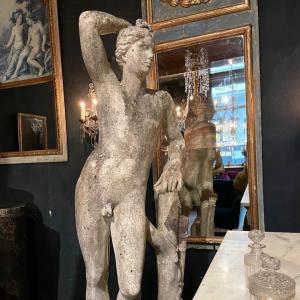
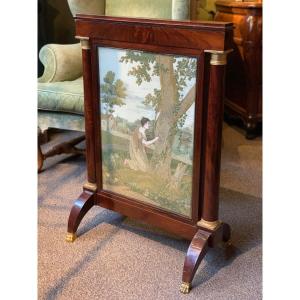



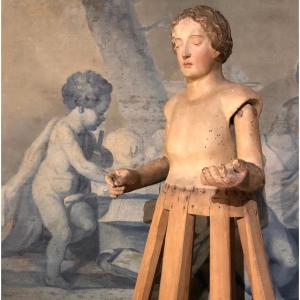
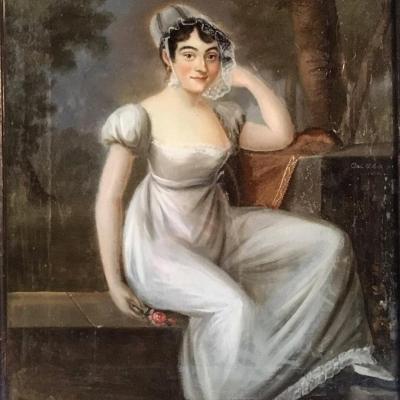


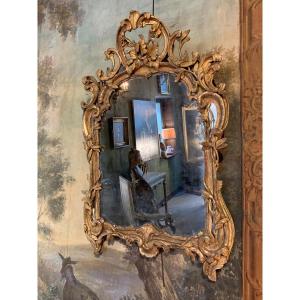
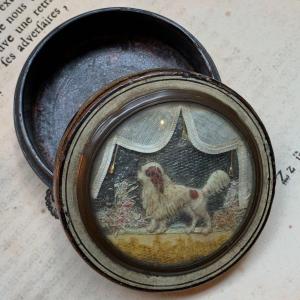


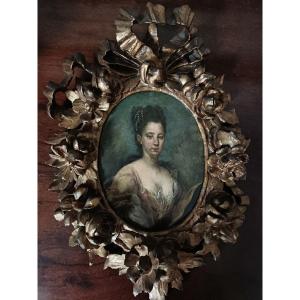
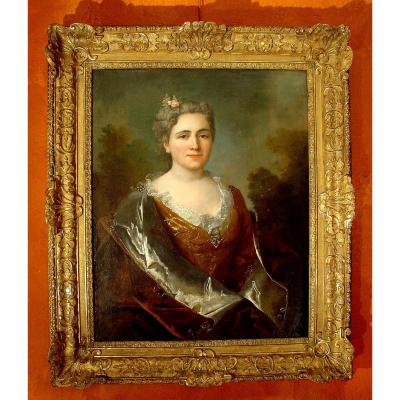





 Le Magazine
Le Magazine Rivista Artiquariato
Rivista Artiquariato TRÉSORS magazine
TRÉSORS magazine